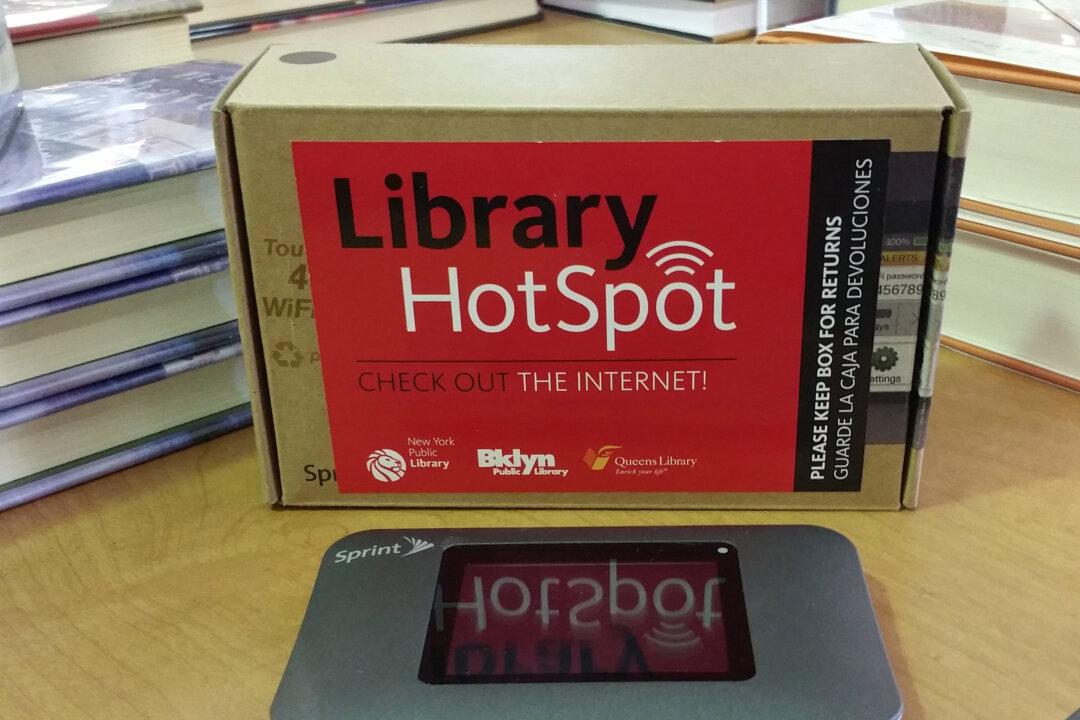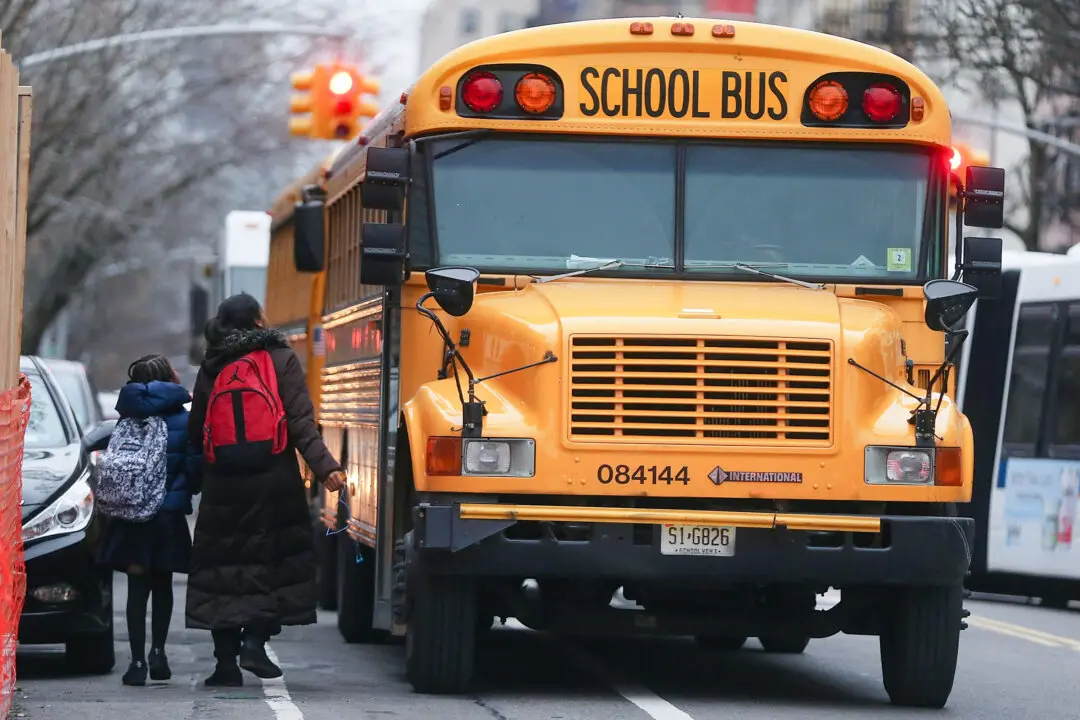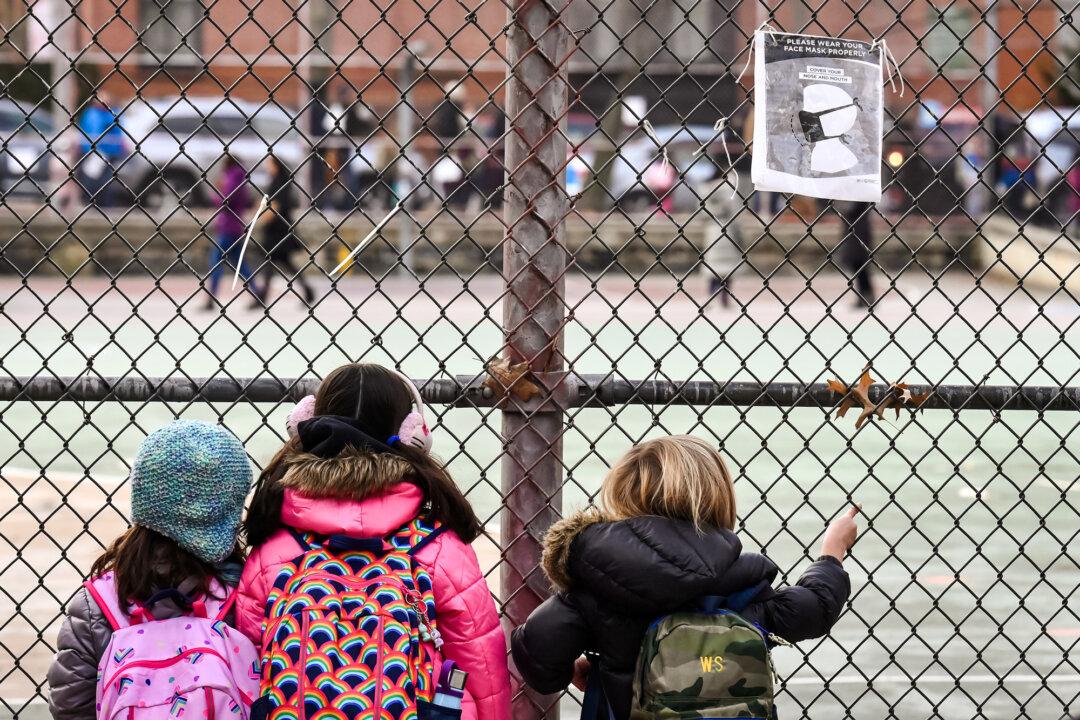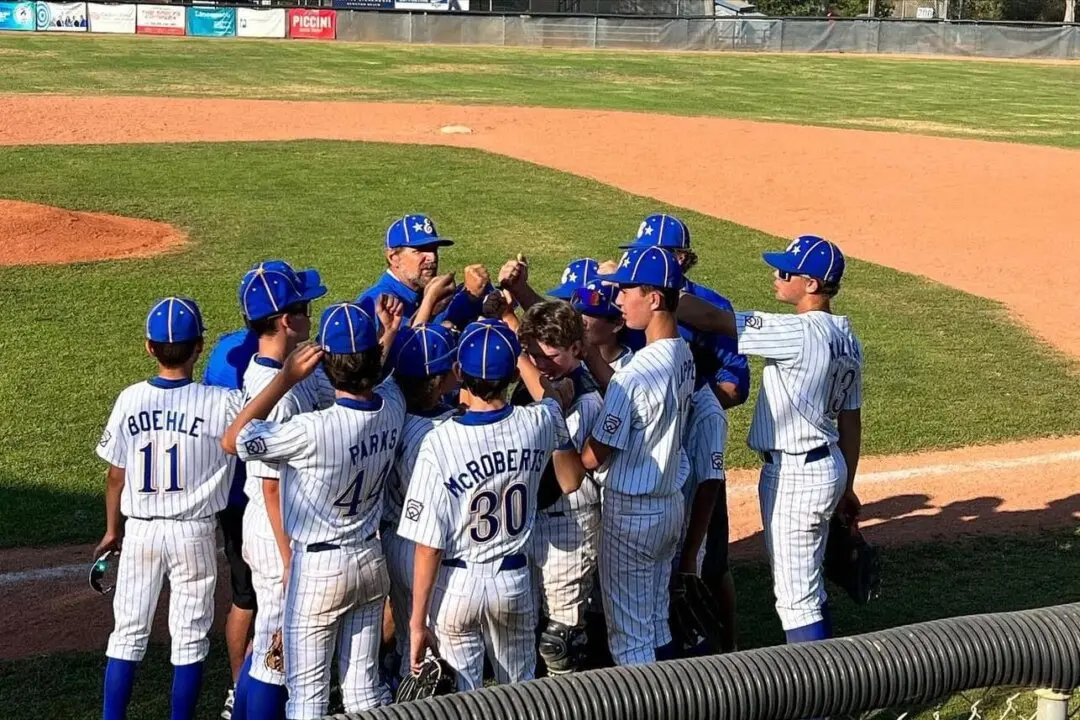Now that the Affordable Connectivity Program is insolvent, the Federal Communications Commission (FCC) is pitching another way to provide internet service to low-income students when school is out: Let them “borrow” Wi-Fi hot spots from public schools and libraries.
The FCC will vote on the proposal at its July 18 meeting.





